Contents
What is tachycardia?
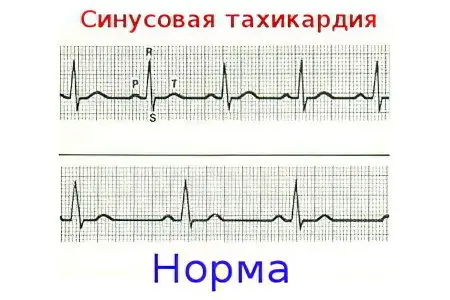
Sinus tachycardia is a fast heartbeat. An ordinary person with a normal temperature when lying down has a heart rate of about 60-80, and when a person is in a standing position, there are about 100 beats. If the beats exceed these figures, then this is already tachycardia.
Sinus tachycardia is not a disease, but only a physiological reaction of the body to physical activity or emotional excitement. Sometimes doctors diagnose “chronic inappropriate sinus tachycardia.” Such a violation is said to be in the case when, even at rest, the heart rate in a person does not decrease to 90-100 beats, or when, with a slight physical or emotional stress, the heart rate increases significantly.
To cope with the violation, you need to revise your diet, adjust your lifestyle. Sometimes medications are required, but they should be recommended by a doctor. This will avoid serious complications of the violation.
Causes of sinus tachycardia
Tachycardia can be considered a symptom, not a disease, as it appears as a result of various diseases. The cause of tachycardia can be endocrine system disorders, disorders of the autonomic nervous system, hemodynamic disorders and various forms of arrhythmias.
Tachycardia can appear as a completely normal reaction to great physical and emotional stress, as well as with an increase in body temperature, due to the intake of alcoholic beverages, from smoking. The heartbeat can also become more frequent from low blood pressure, from a low level of hemoglobin in the blood, i.e. anemia, from infectious diseases, especially purulent ones, from a malignant tumor, increased functionality of the thyroid gland, or from taking certain medications.
During pregnancy, sinus tachycardia is a variant of the norm, since at this time the plasma volume in the woman’s body increases. Because of this, the vessels experience an increased load, the heartbeat quickens. It is important that a pregnant woman is regularly observed by a cardiologist. This will allow you to endure and give birth to a healthy child.

Sometimes sinus tachycardia is a protective mechanism that the body activates in various pathologies, among them:
Hormone disruption. Often tachycardia develops when there is a malfunction in the production of progesterone, estrogen, thyrotropin.
Lack of oxygen in the body. Hypoxia can be either chronic or acute.
Depression and neurosis.
Intoxication of the body.
Anemia.
Frequent bleeding. They are able to develop with endometriosis, endometritis and other disorders in the female reproductive system and not only.
Cardiovascular diseases.
The mechanism of development of tachycardia is reduced to an increase in the automatism of the pacemaker cells of the sinus node. This happens against the background of a decrease in vagal influences on the heart, but with an increase in sympathetic influences.
Less commonly, sinus tachycardia is caused by inflammation of the heart muscle. The disorder develops when the inflammatory reaction is concentrated in the zone that surrounds the pacemaker activity of the right atrium.
Chronic sinus tachycardia is the result of a primary pathology of pacemaker cells, or dysregulation of the sinus node, which is carried out by the autonomic nervous system.
Symptoms of sinus tachycardia
Sinus tachycardia has practically no specific symptoms. It manifests itself in the same signs as ordinary tachycardia. However, there is a significant characteristic of this disorder – these are anamnesis data that make it possible to trace the increase and decrease in heart rate. Other tachycardias are manifested by an unexpected manifesto, but the attack also ends unexpectedly. In this case, we are talking about the paroxysmal nature of the violation.
In people with sinus tachycardia, lethargy is observed, weakness increases. From time to time, patients complain of weakness in the legs. The performance deteriorates, the endurance of the body suffers. This is especially noticeable among those categories of citizens whose work is associated with the application of physical force (handymen, loaders, storekeepers).
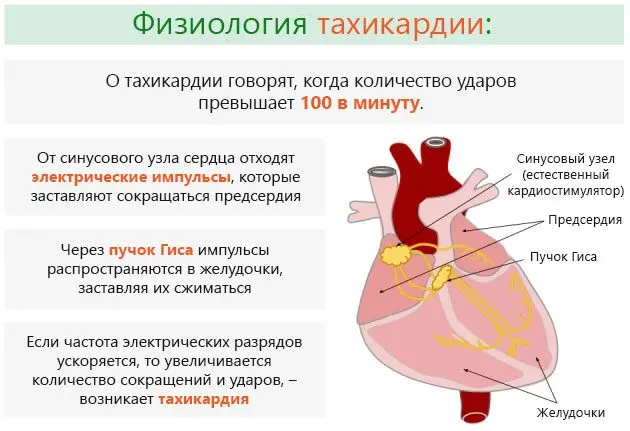
Even minor physical activity can cause severe fatigue. It is because of chronic fatigue that most people turn to the doctor. The passage of the ECG and the collection of anamnesis allows you to make a diagnosis.
Dyspnea
Shortness of breath with sinus tachycardia can develop regardless of the level of physical activity of a person. Sometimes it happens even during a night’s rest, when the body is at rest. If the heart rate rises to 140 beats per minute, the person wakes up because he feels suffocated. Oxygen deficiency can be observed during the daytime. At the same time, the patient did not experience any preload.
During an attack of shortness of breath, a person may experience pain in the chest, he will lose his breath, he may stab in the chest on the left side.
Convulsions
With tachycardia, convulsions are explained by the fact that the limbs suffer from insufficient blood supply. The spasm can be concentrated in the calf area, but sometimes the patient’s arms, neck, back, stomach cramp. Feet and hands during convulsions become cold, sometimes acquire a bluish tint, or turn pale.
If the capillaries burst, then spider veins appear on the skin. Often spider veins appear with varicose veins. Therefore, it is necessary to undergo a thorough examination and find out the causes of the pathological symptom.
Heartache
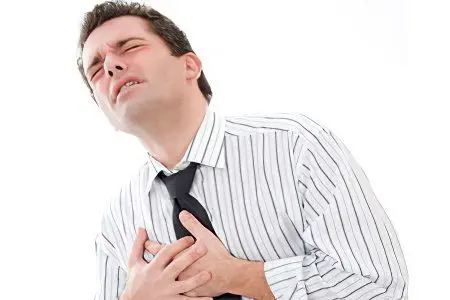
Pain may vary. Some patients complain of stabbing and burning sensations, others indicate heaviness and pressure. Some patients say that their pain is dull. It focuses on the chest.
Sometimes the pain is weak, barely noticeable. It may occur several times a day. Painful sensations last no longer than 7 minutes. As a rule, pain does not cause pronounced discomfort, so a person is in no hurry to contact a doctor.
Low blood pressure
Blood pressure in people with sinus tachycardia is often low. The patient complains of dizziness, “flies” begin to flicker before his eyes, migraines often occur. In severe cases, fainting is observed, which can last from 15 seconds to several minutes.
Panic attacks
Panic attacks are a symptom that often characterizes sinus tachycardia. Patients are haunted by fear, but it is not the only symptom of the disorder. A person is constantly in a state of increased anxiety, he may experience hallucinations.
Panic attacks are a serious reason to consult a specialist and start treatment.
Types of tachycardia
Tachycardia is divided into two forms: physiological and pathological. In the first case, increased heart rate is due to physical exertion, excitement, etc. With pathological tachycardia, an increase in heart beats is caused by a disease, for example, febrile syndromes, malfunctions of the endocrine system, nervous and mental disorders, alcohol poisoning. Tachycardia also occurs due to a decrease in motor function for a long time, as well as from malfunctions of the heart, after which heart failure may develop.
It is necessary to determine which tachycardia the patient suffers from – chronic or paroxysmal. In the latter case, the doctor must find out if the patient is suffering from attacks of paroxysmal sinus tachycardia. When a patient has an attack of sinus tachycardia, he cannot accurately determine the beginning and end of an attack. An accurate diagnosis can only be made with the help of electrocardiography, which must be carried out directly during an attack. Many patients with tachycardia do not notice it, and some may complain of a rapid heartbeat. Tachycardia can be determined by listening to the heart and pulse. Treatment of sinus tachycardia is mainly aimed at removing the factors that caused it.
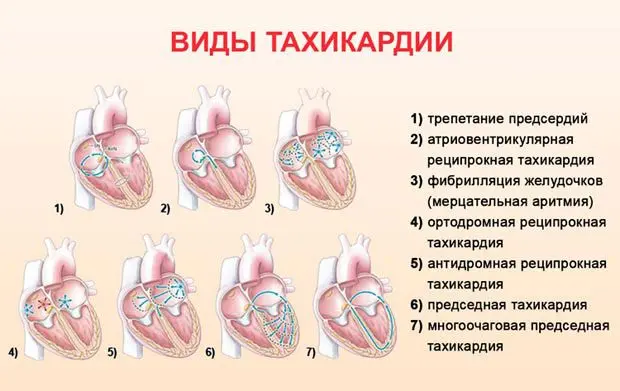
Diagnostics
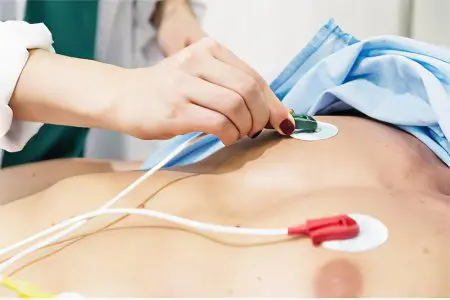
During the examination, the doctor assesses the condition of the patient’s dermis, listens to the heart rhythm, and determines the presence of wheezing. It is important to measure blood pressure and pulse rates.
After the examination, the doctor will refer the patient to take tests and undergo instrumental techniques:
Blood sampling for biochemical analysis. This will eliminate the inflammatory reaction in the body.
Urine for general analysis. This study will rule out diabetes mellitus, as well as renal failure.
Passage of an ECG in 12 assignments. This study plays a leading role in terms of identifying tachycardia. It allows you to detect the frequency and rhythm of heart contractions.
Passing echocardiography. The diagnostic procedure is aimed at identifying intracardiac pathology. In this regard, MRI of the heart has sufficient information content.
Performing valgus tests: Valsava, massage of the carotid sinuses, Ashner.
Performing a transesophageal atrial electrocardiogram.
Removal of daily ECG according to Holter. This is a safe study that makes it possible to establish various cardiac arrhythmias. There is a fixation of the activity of the heart in the conditions of normal life.
An electrophysiological study of the heart is aimed at studying the propagation of an electrical impulse through the myocardium, making it possible to identify the mechanism for the development of tachycardia.
It is important to clarify the cause that led to the development of pathology. The doctor can give the patient a referral to determine the level of thyroid-stimulating hormones in the blood, to undergo an EEG of the brain, etc.
Which doctor should I go to?
If a person notices signs of sinus tachycardia, you need to contact a doctor. A cardiologist is engaged in the identification and treatment of cardiac pathologies. Sometimes you may need the help of a phlebologist, endocrinologist, vascular surgeon.
Treatment of sinus tachycardia
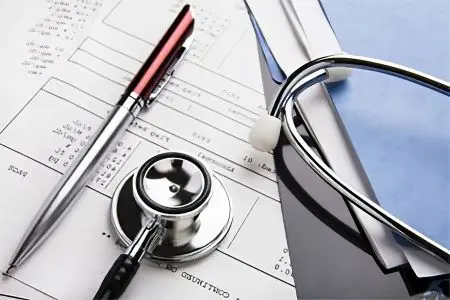
Most often, sinus tachycardia does not require any therapy. Treatment, first of all, comes down to lifestyle changes. A person needs to stop drinking alcohol, smoking, and drinking drinks high in caffeine.
Medicines are prescribed in the case when sinus tachycardia leads to attacks of angina pectoris, or causes a deterioration in the patient’s well-being.
Severe tachycardia, which occurs in rare cases, requires radiofrequency catheter ablation. They resort to this method of treatment only in the case when the violation cannot be corrected by methods of conservative therapy. During the operation, a pacemaker is placed in the area of the sinus node.
Beta blockers
Beta-blockers reduce the level of adrenaline and norepinephrine in the body. These hormones are responsible for the development of stress, which negatively affects the state of the heart muscle. Only a doctor can prescribe drugs of this group.
Nondihydropyridine calcium antagonists
Allow to reduce the contractile activity of the heart muscle, reduce heart rate, slow down the conduction of the atria and ventricles of the myocardium. The dosage is selected individually.
Ancillary drugs
To eliminate the cause of the development of tachycardia, the doctor may prescribe medications to the patient that do not directly affect the disturbances in the work of the heart. However, without them, a full recovery is impossible.
Cause of sinus tachycardia | Drug group |
Neurosis, psychosis, stress, depression | Herbal and synthetic sedatives |
Hyperthyroidism | Drugs that suppress the production of thyroid hormones and thyrotropin |
Angina and other infections | Broad spectrum antibiotics |
Anemia | Iron preparations |
How to stop tachycardia in 30 seconds?
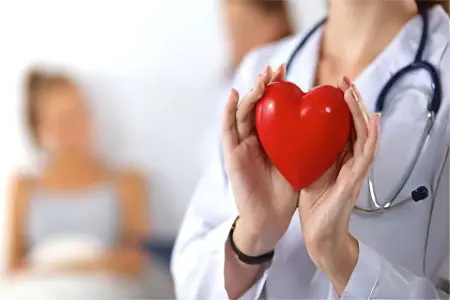
Tachycardia is characterized by an increase in heart rate. This feeling is familiar to many people. There are two effective tricks that allow you to get rid of the problem in half a minute.
Immersion
When a person’s body temperature drops, the heart begins to beat less frequently. The nervous system thus controls the processes of adaptation to cold. The heart will slow down if you put your face in cold water. After all, it is the head that is closer to the heart than other organs.
In order to cope with tachycardia, you need to follow these recommendations:
Cool water is drawn into the container. The lower its temperature, the faster it will be possible to cope with an attack. Therefore, to enhance the effect, ice can be added to it.
Before lowering your face into the cup, you need to hold your breath by pinching your nose with your fingers. Then you should sharply lower your face into the prepared liquid. The exposure time is 10-15 seconds.
You can take water in the palm of your hand and rinse your face with it.
Alternatively, you can perform a face massage with ice cubes. Particular attention should be paid to the temporal region.
Valsalva maneuver
This procedure allows you to influence the vagus nerve. It is he who is responsible for the heart rate.
To implement this technique, you need to follow these recommendations:
Take a deep breath and tighten your abdominal muscles.
Pinch your nose with two fingers, close your mouth and eyes.
Try to exhale through your mouth and nose without opening them. At the same time, you need to tighten the abdominal muscles.
If a person’s tachycardia is combined with pain in the heart, or there is a feeling of suffocation, then none of these techniques can be applied in practice. In such situations, it is necessary to call a medical team.
If the heart begins to beat more often against the background of physical activity, after playing sports, or with increased emotional excitement, then this reaction of the body is quite normal.
In the event that tachycardia develops without obvious reasons, it is necessary to consult a doctor. This condition may indicate a serious pathology.
General recommendations
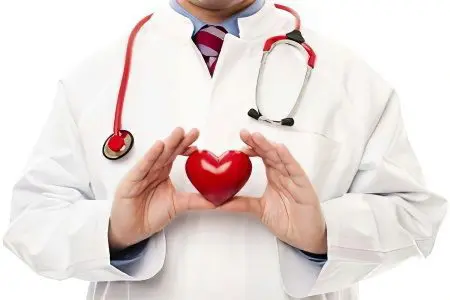
Regardless of what drugs are prescribed to a patient with sinus tachycardia, he will need to follow the doctor’s recommendations regarding lifestyle and nutrition. You need to eat often, but in small portions. It is important to minimize the consumption of fatty and high-calorie foods. It is recommended to give up sugar, foods that contain flavor enhancers and other harmful components.
Be sure to go for a walk as often as possible. The level of physical activity should be increased, but aggressive sports should not be practiced. Patients with sinus tachycardia can visit the pool, it is recommended to go to yoga classes.
Particular attention should be paid to the condition of the air in the living room. The humidity level should not fall below 40%. Be sure to ventilate the room.
Sinus tachycardia is a disorder that requires timely diagnosis and treatment. To achieve recovery, you must follow all the recommendations of the attending doctor, as well as lead a healthy lifestyle. Physical inactivity, eating junk food, smoking – all this will lead to the fact that the effect of the therapy will not be achieved.










assalomu aleyku ikki yildan buyon taxikardiya kasalligi bilan kurashaman yurak urushim 140tagacha chiqadi xech davosini topolmadim bu kasallikning yomon oqibatlari yoqmi